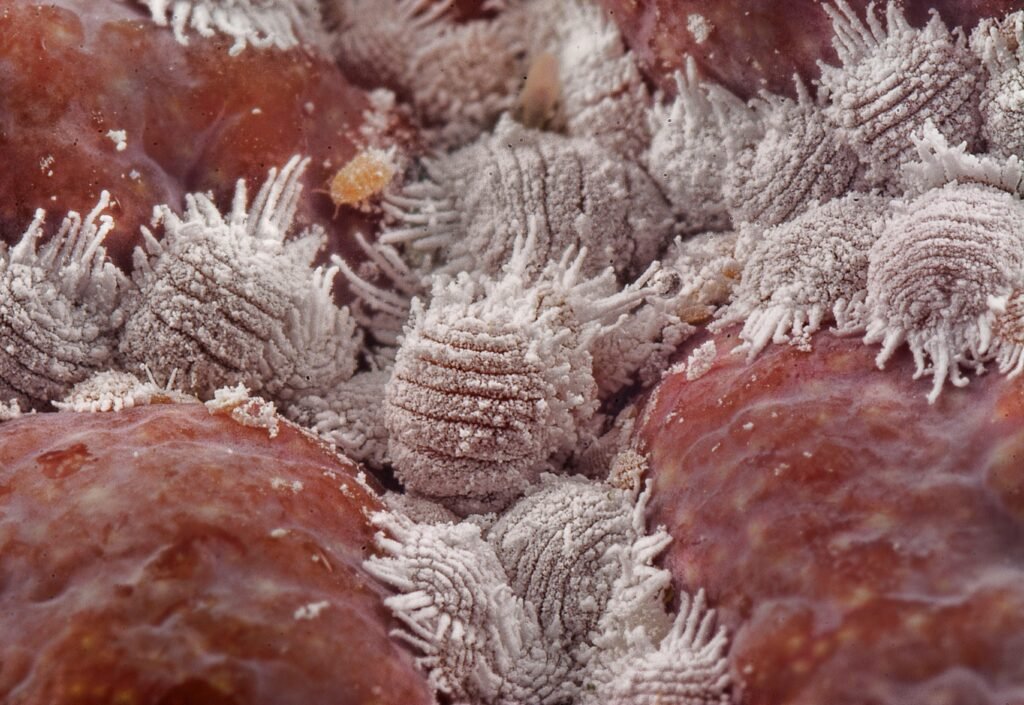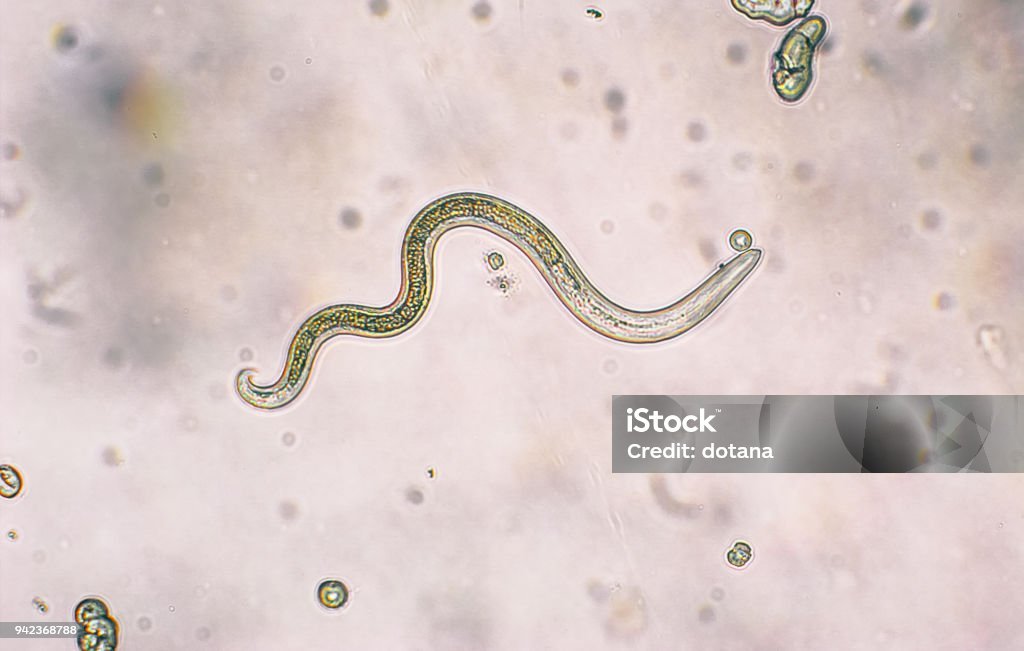The word “parasite” refers to an organism that spends much of its life living on or inside another organism, called the host, on which it depends for nourishment or some other benefit. While they are often thought of in the context of disease or damage, parasites are also key ecosystem players, influencing the course of evolution, food webs and populations.

Definition of a Parasite
A parasite is any organism that:
Habits In or On a Host
Benefits from the host, either nutrients or shelter
Frequently damages the host, but damage range can be from trivial to fatal
Parasites generally don’t have the same size and lethality of their hosts because they depend on their hosts for their own existence.
Types of Parasites
Parasites can be categorized in a number of ways, most typically by location:
1.Endoparasites
And those live within the host’s body.
Examples: Tapeworms, roundworms, Plasmodium species that cause malaria.
Sites of Infection: Blood, intestine, tissues.
2.Ectoparasites
These exist on the host exterior.
Some examples: of external parasites: Fleas, ticks, lice, mites.
Common hosts: Mammals, birds, and occasionally reptiles or amphibians.

Modes of Transmission
Parasites have different strategies of finding and infecting hosts:
Contact, Direct (Example: Lice from human to human)
By mouth (for example contaminated food or water )
Transmission by vector (e.g., mosquitoes transmitting malaria)
e.g., larva that penetrate the skin such as hookworms
Impacts on Hosts
parasites’ impact on the hosts from mild discomfort to fatal illness can vary. Common symptoms include:
Fatigue and weight loss
Gastrointestinal issues
Anemia
Organ damage in severe cases
Parasites in Humans
Some of the best-known parasites of humans include:
Giardia lamblia – this parasite causes diarrhoea from drinking contaminated water
Plasmodium falciparum – is responsible for malaria
Taenia solium – known as the pork tapeworm that comes from undercooked pork
Parasitic diseases are ubiquitous and public health control measures such as clean water, hygiene, and vector control remain vital in reducing their incidence.
Ecological and evolutionary functions
Parasites, although portrayed as mostly negative, serve important functions:
Control host species populations
Create selection preasure to drive evolution.
Keep the dominant species in check to protect biodiversity
Parasites are fundamental components of food webs and ecosystems as predators even though they are detrimental to their hosts.
Parasite vs. Symbiont
Whilst all parasites are symbionts, not all symbionts are parasites. Some relationships are positive or neutral rather than negative, however; mutualism and commensalism are relationships that are mutually beneficial or neutral, respectively.
Conclusion
Although parasites are often small and unwelcome organisms, they play an important role in biology and ecology. Through the study of parasites, we learn how to prevent disease and improve investigation of ecosystems and organismal relationships. Parasites, regardless of being microscopic or macroscopic, indicate that survival comes at a price, but also demonstrate the complexity of balance in the natural world.
